Lumières d'été – なつのひかり (2016)
ジャンル : ドラマ
上映時間 : 1時間 23分
演出 : Jean-Gabriel Périot
シノプシス
Akihiro, a native japanese filmmaker living in Paris, came to Japan to interview survivors for a documentary celebrating the 70th anniversary of the atomic bombing of Hiroshima. Deeply moved by the interviews, he decided to take a break and wanders through the city during which he meets Michiko, a merry and enigmatic young woman. Michiko takes him for a joyful and improvised journey from the city towards the sea where the horrors of the past are mingled to the simplicity of the present.
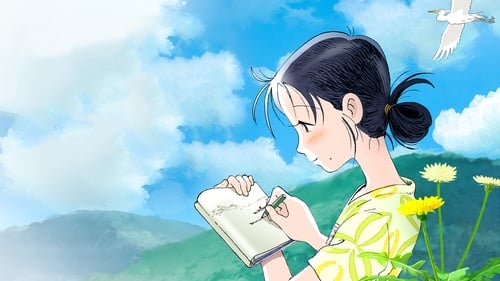
1944年広島。18歳のすずは、顔も見たことのない若者と結婚し、生まれ育った江波から20キロメートル離れた呉へとやって来る。それまで得意な絵を描いてばかりだった彼女は、一転して一家を支える主婦に。創意工夫を凝らしながら食糧難を乗り越え、毎日の食卓を作り出す。やがて戦争は激しくなり、日本海軍の要となっている呉はアメリカ軍によるすさまじい空襲にさらされ、数多くの軍艦が燃え上がり、町並みも破壊されていく。そんな状況でも懸命に生きていくすずだったが、ついに1945年8月を迎える。

舞台俳優であり、演出家の家福悠介。彼は、脚本家の妻・音と満ち足りた日々を送っていた。しかし、妻はある秘密を残したまま突然この世からいなくなってしまう――。2年後、演劇祭で演出を任されることになった家福は、愛車のサーブで広島へと向かう。そこで出会ったのは、寡黙な専属ドライバーみさきだった。喪失感を抱えたまま生きる家福は、みさきと過ごすなか、それまで目を背けていたあることに気づかされていく…
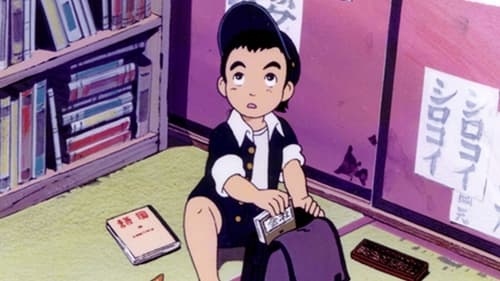
物語は、広島県広島市舟入本町(現在の広島市中区舟入本町)に住む国民学校2年生の主人公・中岡元(なかおか げん “以下、ゲン”)が、当時日本と交戦していたアメリカ軍により1945年8月6日に投下された原爆で、父・大吉(だいきち)、姉・英子(えいこ)、弟・進次(しんじ)の3人を亡くしながらも、たくましく生きる姿を描く。

独軍の占領下にあったフランスの田舎で敵兵と密通して断罪された過去を持つ女優が、ロケのために広島を訪れ日本人の建築家と一日限りの情事に耽ける。そして知る、広島の悲劇。時あたかも8月6日。原水禁運動を背景に二人の孤独な会話が続く。焦土から奇跡の復興を遂げたその町は、死の影を決して忘れることはない…。

昭和20年8月6日、広島に原爆が投下された。が、当時の広島の人たちには何が起こったのかさえわからなかった。ましてその後の原爆症の恐ろしさなど。強烈な閃光がひらめいた後、青い空が黒雲におおわれ、黒い雨が降り始めた。いぶかしげに空を見上げる矢須子の白いブラウスが点々と黒くなっていく。彼女が20歳の夏だった。それから5年。矢須子は叔父・重松の生まれ故郷の村で叔父夫婦とつつましく暮らしていた。美しく成長した彼女に縁談話は後を絶たなかったが、その度に被爆者だという理由で断られてしまう。重松は自分のこと以上に矢須子のことが心配だ。そんな時、矢須子に思いを寄せる青年が現れ、結婚を前提に交際を始める。
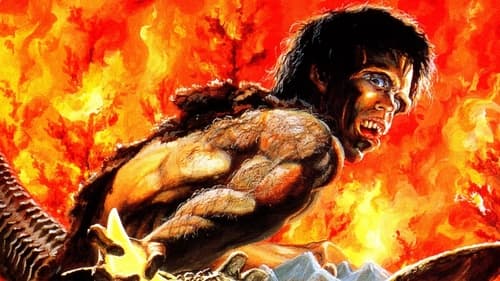
第二次大戦末期、ドイツから極秘裏に運ばれた一つの秘密兵器があった。それは人造人間“フランケンシュタインの不死の心臓”である。日本軍はこの心臓をもとに、人間兵器を造ろうとしたのだ。だがそれは、広島の原爆によって研究途上で失われてしまう。そして十数年後、その心臓から再生した少年が登場したのだった……。
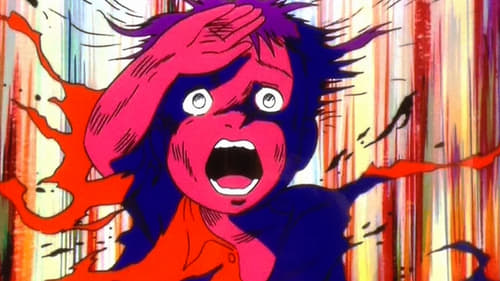
Three years after the Hiroshima bombing, a teenager helps a group of orphans to survive and find their new life.

The documentary recounts the world's first nuclear attack and examines the alarming repercussions. Covering a three-week period from the Trinity test to the atomic bombing of Hiroshima, the program chronicles America's political gamble and the planning for the momentous event. Archival film, dramatizations, and special effects feature what occurred aboard the Enola Gay (the aircraft that dropped the bomb) and inside the exploding bomb.
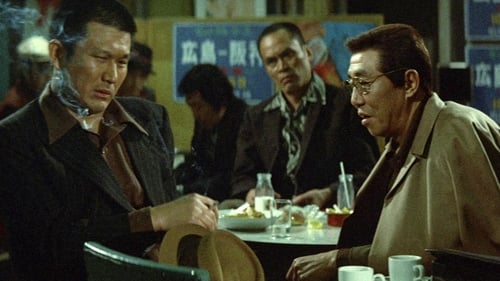
1963年(昭和38年)、東京オリンピックを翌年に控え高度経済成長の真っ只中にある市民社会は、秩序の破壊者である暴力団に非難の目を向け始めていた。しかし広能昌三の山守組破門に端を発した広能組・打本会の連合と山守組との抗争は、神戸を拠点に覇を争う2大広域暴力団・明石組と神和会の代理戦争の様相を呈し、激化の一途を辿っていた。

広能組・打本会の連合と山守組との広島抗争は、警察による組長クラスの一斉検挙、いわゆる「頂上作戦」によって終息に向かう。打本会は解散し、広能組長・広能昌三は網走刑務所に収監された。一方、山守組側では逮捕されるも未決保釈となった最高幹部・武田明が広島に散在するやくざ組織に大同団結を呼びかけ、市民社会からの厳しい視線をかわすため政治結社「天政会」として統一組織を立ち上げた。しかし天政会は、会長・武田明、理事・江田省一らの主流派と副会長・大友勝利、幹事長・早川英男らの反主流派とに分かれ一枚岩ではなかった。

Brand new documentary marking the 70th anniversary of the Hiroshima and Nagasaki bombings which ended WWII and began the nuclear age. Features interviews with survivors from both sides.

広島にある高校。北川が受け持つ三年生のクラスで、生徒の大庭みち子が鼻血を出して倒れた。それは原爆による白血病が原因だった。このクラスでは、実に三分の一の生徒が被爆者だったのだ。あの日、ゆき子の姉は疎開作業中に被爆し、川の中で絶命した。遠藤幸夫の父親は、建物の下敷きになり炎に包まれた妻を助けることができなかった。原爆投下から七十五年は草木が生えないといわれた広島に大根の芽が出たとき、人々はその芽に希望を見いだしていた。
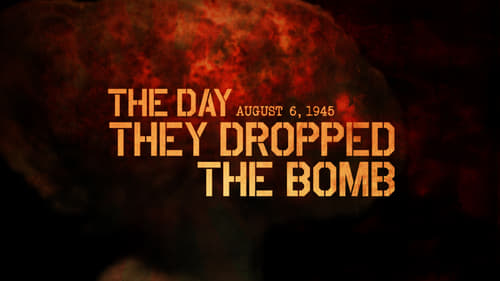
On August 6 1945, one plane dropped one bomb on the Japanese city of Hiroshima. In an instant, the city was destroyed and 80,000 people were dead. But the dropping of the Atomic bomb also launched the Nuclear age, shaping all of our lives and changing the world for ever. For this film we have tracked down people who made the bomb, people who dropped the bomb, and people who were in Hiroshima – some less than half a mile from ground zero -when the bomb fell on their city. Many of the witnesses are in their 90s and this will be the last time they will be able to tell their extraordinary stories. The Day They Dropped The Bomb is told through witness recollections, rare archive film and photographs shot at the time. The documentary will be broadcast for the 70th anniversary of Hiroshima next year by ITV and in America by the Smithsonian Channel.

Hiroshima is a 1995 Japanese / Canadian film directed by Koreyoshi Kurahara and Roger Spottiswoode about the decision-making processes that led to the dropping of the atomic bombs by the United States on the Japanese cities of Hiroshima and Nagasaki toward the end of World War II. Except as actors, no Americans took part in the production. The three-hour film was made for television and evidently had no theatrical release, but is available on DVD for home viewing. A combination of dramatisation, historical footage, and eyewitness interviews, the film alternates between documentary footage and the dramatic recreations. Both the dramatisations and most of the original footage are presented as sepia-toned images, serving to blur the distinction between them. The languages are English and Japanese, with subtitles, and the actors are largely Canadian and Japanese.

Hiroshima and Nagasaki: 75 Years Later is told entirely from the first-person perspective of leaders, physicists, soldiers and survivors.

The research, development, and deployment of the first atomic bomb, as well as the bombing of Hiroshima, are detailed in this docudrama.

3年前広島に落とされた原爆で家族や友を失い、一人暮らしをする美津江の前に、突然亡くなったはずの父が現れる。彼女は父に勤務先の図書館で会った青年の話をする。
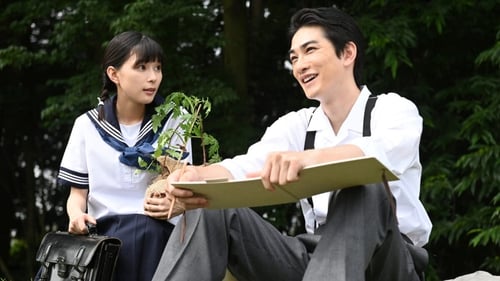
1940, Kawamoto Akiko lives in Hiroshima with her father and mother, Genkichi and Shizuko, as well as her two younger brothers. Akiko loves playing her favourite piano. As the war situation worsens, she is busy helping out the war efforts. On the morning of August 6, 1945, she disobeys her father and heads into the centre of town for work. In Hiroshima 75 years later, her favourite piano remains, restored and playable following its survival of the atomic bombing
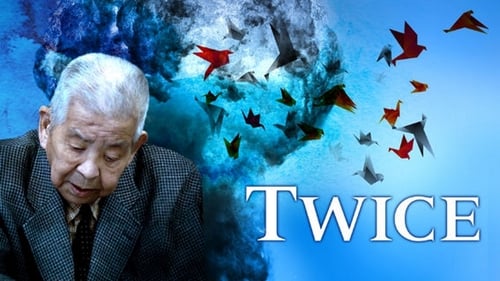
Tsutomu Yamaguchi is a hibakusha. A survivor of both atomic bomb blasts in 1945. First at Hiroshima, then again at Nagasaki. Now nearing 90, Yamaguchi finally speaks out. Breaking taboos of shame and sorrow, he responds to a call to fight for a world without nuclear weapons by telling his story, so that no one else will ever have to tell one like it again. Twice reconstructs Yamaguchi’s experiences in 1945 Japan, interviews him on the after-effects of exposure and documents the last five years of the late-blooming activist’s life.





















